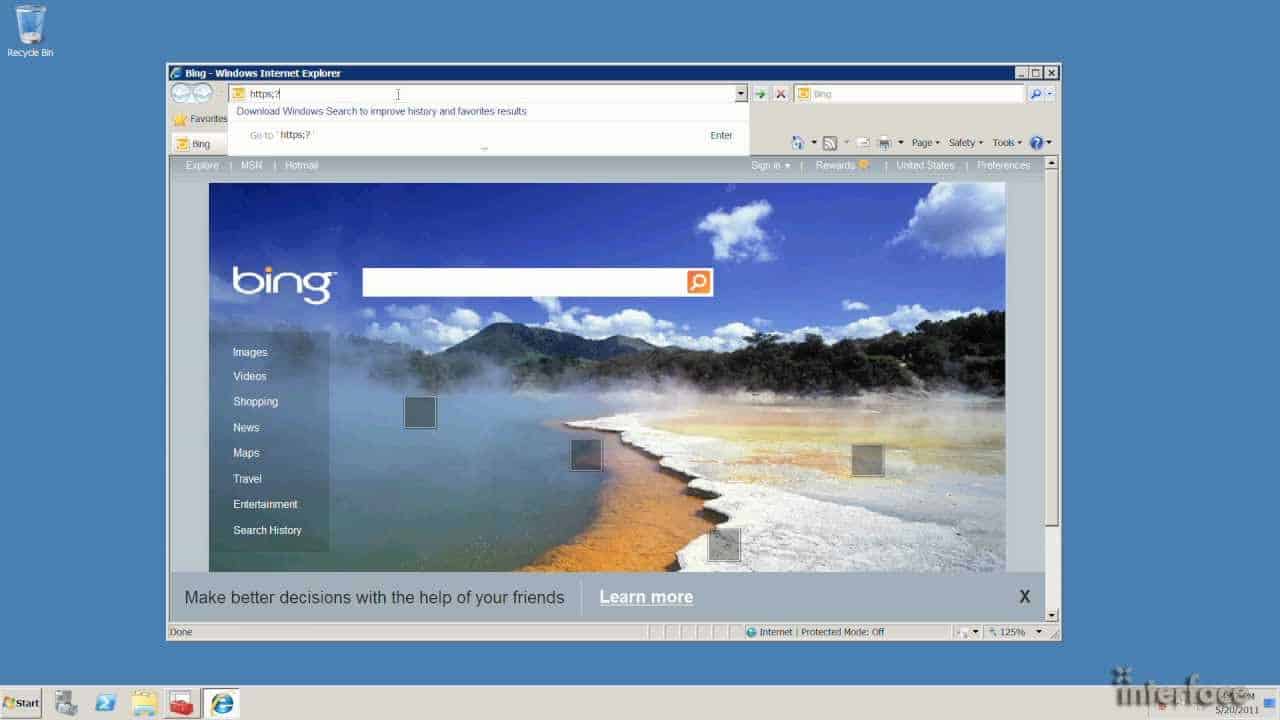
Those versions are stored in the \\Microsoft SQL Server\\Tools\Bin. Yes, VS 20 do use different versions of certain ddl files than the 2008 database does. Once you’ve built your query, hit the execute button (!) to see your query results.Hi Shawn, Thanks for the feedback but that's not entirely true.

If the Item Limit is too low, again, you will not see all results in your query.įield names must begin with and separated by a comma. However, one thing you must also do is go to the View you’re using and set the Item Limit to the maximum allowed (2147483647, or a smaller number that will work for you). If you set the row limit too low, your query will not gather all items from the List. You’ll note that the row limit is set very high, beyond what you’d likely find in a list. The above query will pull the ID and Title field from the (un-) specified List and View.

This will make the process of getting the List GUID, View GUID, and Field names much, much easier.Īfter getting the above information from Stramit Caml Viewer, create a text query like this: The command type is Text.įor the query itself, you will want Stramit SharePoint Caml Viewer. Name it something logical and choose the data source you just created. You can use Windows Credentials or No Credentials.Ĭreate a new dataset (on the Data tab). You will be create an XML data source with a connection string like: To start out with, you need to create a data source (Shared or not). The below should also work with the SQL 2008 development tools. You can get this by install the SQL 2005 tools.

The method below assumes some knowledge with Microsoft Visual Studio 2005 with Business Intelligence (or SQL Server Business Intelligence Development Studio).

The process is fairly simple, although it is hard to find good details on how to do it. SQL Reporting Services allows you to leverage SharePoint data via XML query. SQL Reporting Services – Using SharePoint List Data |


 0 kommentar(er)
0 kommentar(er)
